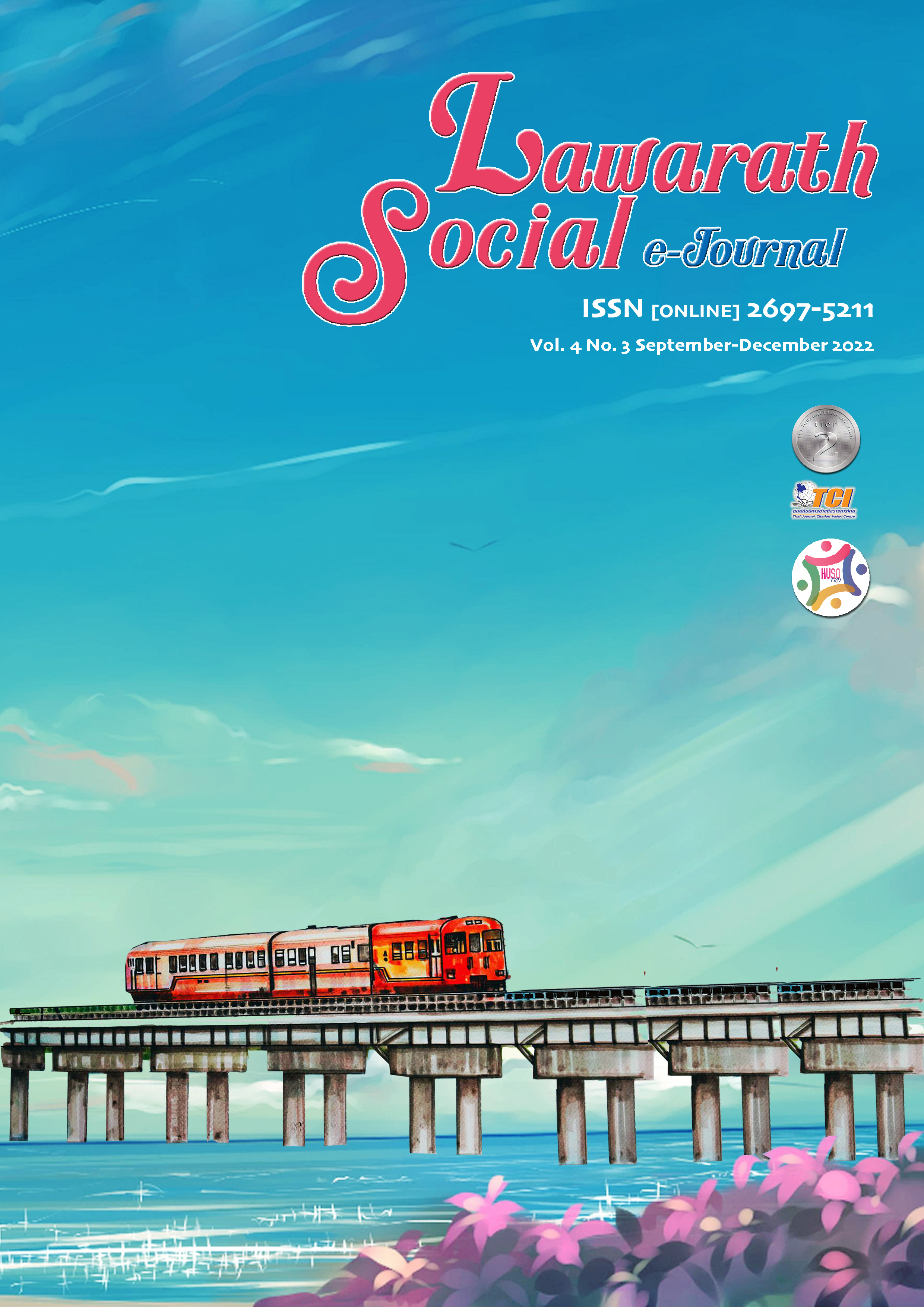Mapping Content Sequence of a Chinese Primary School Music Textbook Series Based on NVivo Data Analysis
Keywords:
Content Sequence, Music Textbooks, Primary School, NVivo 12, HeatmapAbstract
This study analyzed a primary school music textbook series in China based on the data processed with the tools of NVivo 12 and gradient colored heatmap. The study had four main purposes: (1) mapping the content sequence of the series; (2) describing the state of the dimensions mapped pertaining content sequence; (3) identifying merits and drawbacks based on the evidence obtained from the statistics and mapping; (4) proposing ideas to improve the content sequence for revision and discussing possible models and directions for future studies on this issue. The findings showed that (1) this series basically covered dimensions required by China’s Music Curriculum Standards; (2) certain dimensions were distributed unevenly for proper content sequencing; (3) some subdimensions were heavily clustered around grades 3-4, leaving other grades neither to function beforehand as preparation nor to function continuously afterwards; (4) the content within certain subdimensions were found unbalanced for structured coverage; (5) strong points were found on smart designs sequentially for performing and skills, as well as music elements and concepts emphasized for learning music basics. The tools of NVivo and heatmap proved to be effective for testing content sequence of music textbooks. The researchers proposed ideas for better revision of the music textbooks and a preview of future studies were discussed.
Downloads
References
CCP, & State Council Offices. (2020). A Guidance: Strengthening and Improving School Aesthetic Education in the New Era. Retrieved May 15, 2022, from http://www.gov.cn/zhengce/2020-10/15/content_5551609.htm.
Comenius, J. A. (1967). The Great Didactic. Retrieved May 4, 2022, from https://monoskop.org/File:Comenius_John_Amos_The_Great_Didactic_1967.
Du, Y. S. (2006). A History of Primary and Secondary Music Textbooks. Doctoral Dissertation, Fujian Normal University. Retrieved May 15, 2022, from https://kns.cnki.net/KCMS/detail/detail.aspx?dbname= CDFDLAST2022&filename=2006180569.nh.
Gordon, E. E. (1991, October - November). Sequencing Music Skills and Content. American Music Teacher. 41(2), 22-51. Retrieved May 4, 2022, from https://www.jstor.org/stable/43538820.
_______. (2012). Learning Sequences in Music: A Contemporary Music Learning Theory. n.p.: GIA.
Landis, B. (1963, April - May). A Look at Textbooks for Education in Music. Music Educators Journal, 49(5), 84. Retrieved May 4, 2022, from https://www.jstor.org/stable/3389953.
Ministry of Education of the People's Republic of China. (2011). Music Curriculum Standard (revised edition). Beijing: Normal University Press.
Music Content Sequence Project. (2021). A Report of Content Sequence of Course and Textbooks of Music. (n.p.).
Nelson, S. L. (2004, April). Creativity in U.S. Music Textbook Series: 1912-1953. Journal of Historical Research in Music Education, 25(2), 128-141. Retrieved May 15, 2022, from https://www.jstor.org/stable/40215286.
Shu, F., Roongruang, P., &Hirunrak, S. (2022, February). A Historical Review on Theories of Sequential Learning in Music and Related Documents for Textbooks from Late Qing Dynasty to 1970’s Reform in China. International Journal of Education, Culture and Society, 7(1), 42-51.
Zheng, F. Z. (2018). Speech at The Opening Conference of Key Projects by National Institute of Curriculum and Textbook Research [Video file]. (n.p.).
Downloads
Published
How to Cite
Issue
Section
License

This work is licensed under a Creative Commons Attribution-NonCommercial-NoDerivatives 4.0 International License.



